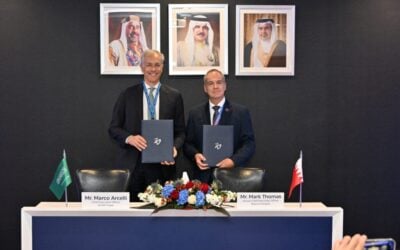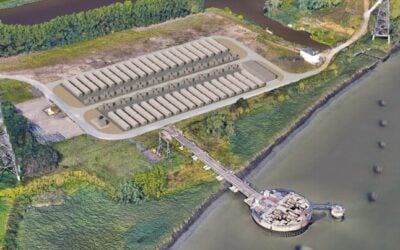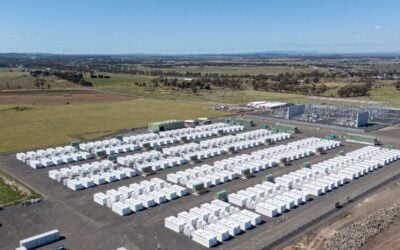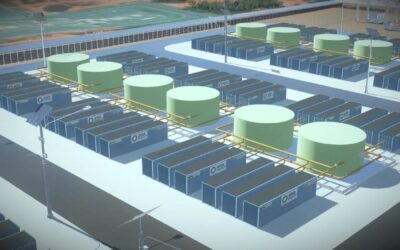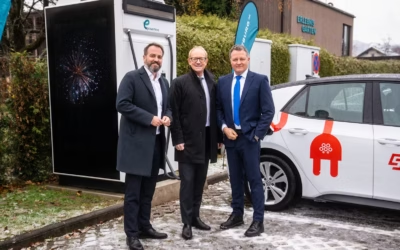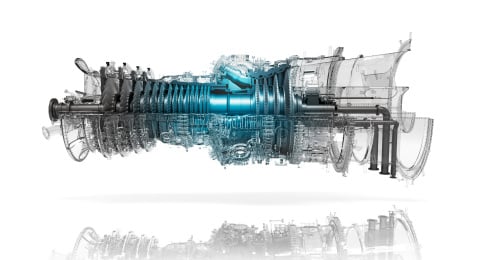
16 September 2021: ESS Inc’s SPAC shareholders to vote soon
Shareholders of ACON S2 Acquisition Corp, the special purpose acquisition company (SPAC) planning to merge with US iron flow battery maker ESS Inc, are set to vote on the business combination in October.
In May, ESS Inc announced its intent to get a stock exchange listing of its shares through the merger. The battery storage company, which has developed a flow battery based on an “all-iron” electrolyte with up to about 12 hours storage, is commercialising its technology to try and capture a share of the emerging long-duration energy storage market.
Claiming the batteries to be durable and safe, made using non-toxic materials that are abundant and low cost, ESS Inc previously said the transaction will value the combined company at US$1.07 billion, with the deal providing around US$465 million in net proceeds.
Try Premium for just $1
- Full premium access for the first month at only $1
- Converts to an annual rate after 30 days unless cancelled
- Cancel anytime during the trial period
Premium Benefits
- Expert industry analysis and interviews
- Digital access to PV Tech Power journal
- Exclusive event discounts
Or get the full Premium subscription right away
Or continue reading this article for free
ACON S2 has filed a Form S-4 with the US Securities and Exchange Commission (SEC), which has been declared effective, and an Extraordinary General Meeting of shareholders will be held on 5 October where the vote will be on the agenda. Although ACON S2 shares are NASDAQ-listed, common stock and warrants of the combined company, to be called ESS Tech, Inc will be traded on the New York Stock Exchange (NYSE).
15 September 2021: Energy storage system made by Hyundai Motor Group with used EV batteries to undergo testing
A battery energy storage system (BESS) developed by carmaker Hyundai and based on second life electric vehicle (EV) batteries will be install and tested next year in partnership with two US energy sector companies.
A Memorandum of Understanding (MoU) has been signed by Hyundai, utility-scale solar developer OCI Solar Power and municipally-owned Texas utility company CPS Energy, to install and test the system by September 2022.
A handful of projects around the world have been installed in the past few years reusing EV batteries for ESS applications, with Renault batteries used in a project in Belgium by second life specialist Connected Energy to help correct local grid frequency that was inaugurated in February 2020. Carmaker Nissan and power engineering company Eaton also had a tie-in to create second life systems, while a 20MWh ESS project in Sweden is being built by Alfen, using BMW EV batteries. However, these are relatively rare examples, given the growing popularity of both EVs and ESS.
In August, Hyundai said it is collaborating with UL on furthering the adoption of second life EV-to-ESS technology as a low-cost means of creating grid connected energy storage.
“Hyundai Motor Group will verify the possibilities and effectiveness of the ESS business in the North American market through this partnership. The Group plans to expand its energy solution business via grafting hydrogen energy to the battery system and provide flexibility against energy volatility in the US electricity market,” Hyundai Motor Group VP of energy business development Jae Hyuk Oh said.
15 September 2021: Mitsubishi Power executive changes hint at expanded energy transition strategy
Mitsubishi Power has added an energy transition remit to Americas chief executive officer Paul Browning’s role and hired liquid air energy storage company CEO Javier Cavada to head up EMEA region activities.
The energy sector subsidiary of Japan’s Mitsubishi Heavy Industries has worked with more traditional thermal generation systems and equipment as well as a wide range of renewable and clean energy technologies from geothermal and solar PV to green hydrogen and battery energy storage.
For example, projects it has in development in the US include a massive green hydrogen hub in Utah, large-scale solar-plus-storage plants in California and standalone battery storage in Texas.
This week the company said Paul Browning now goes from being Mitsubishi Power Americas president and CEO to Mitsubishi Power’s CEO of energy transition and power in the Americas. He is also now chairman of the board for the EMEA region and deputy head at its energy transition and power HQ in Japan.
Browning has also been active in recruiting Highview Power CEO Javier Cavada as president and CEO of Mitsubishi Power for the EMEA region. Cavada joined the liquid air energy storage (LAES) company in 2018 after 17 years at Wärtsilä Corporation, taking Highview from demonstration phase to beginning construction of its first commercial 50MW, five-hour duration plant with several others in development around the world. Highview announced Cavada’s pending departure a couple of weeks ago.

